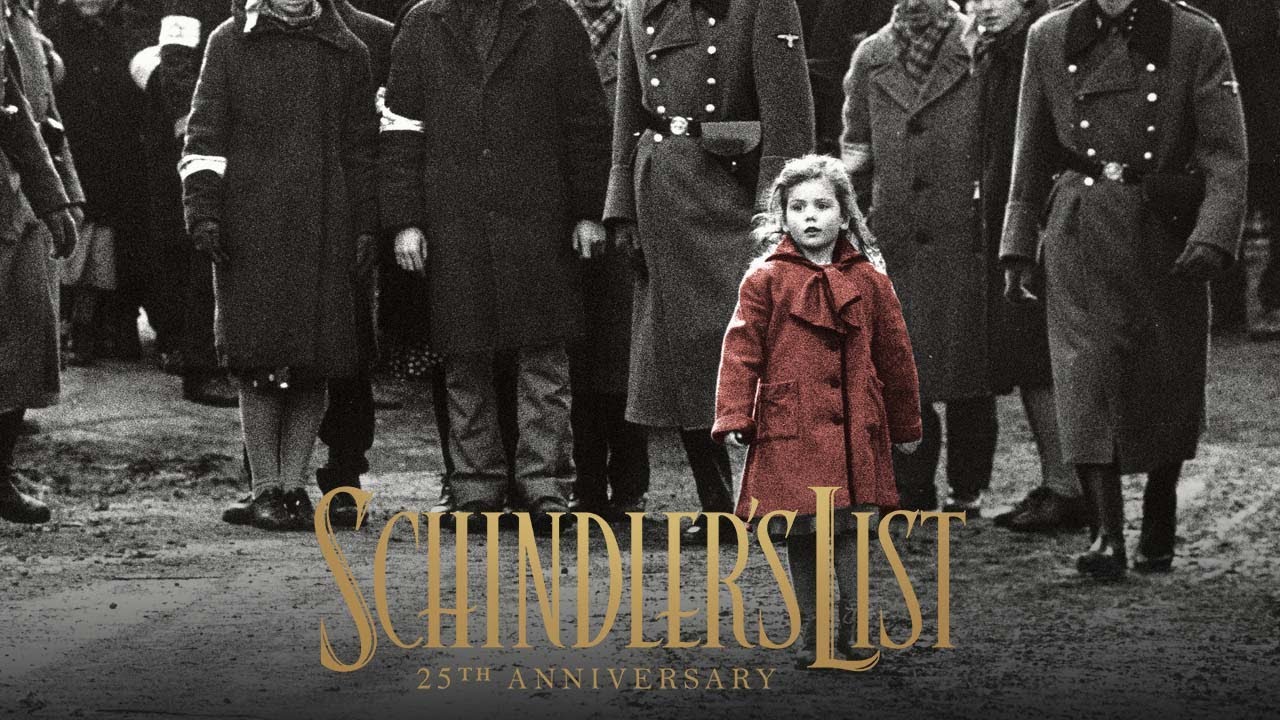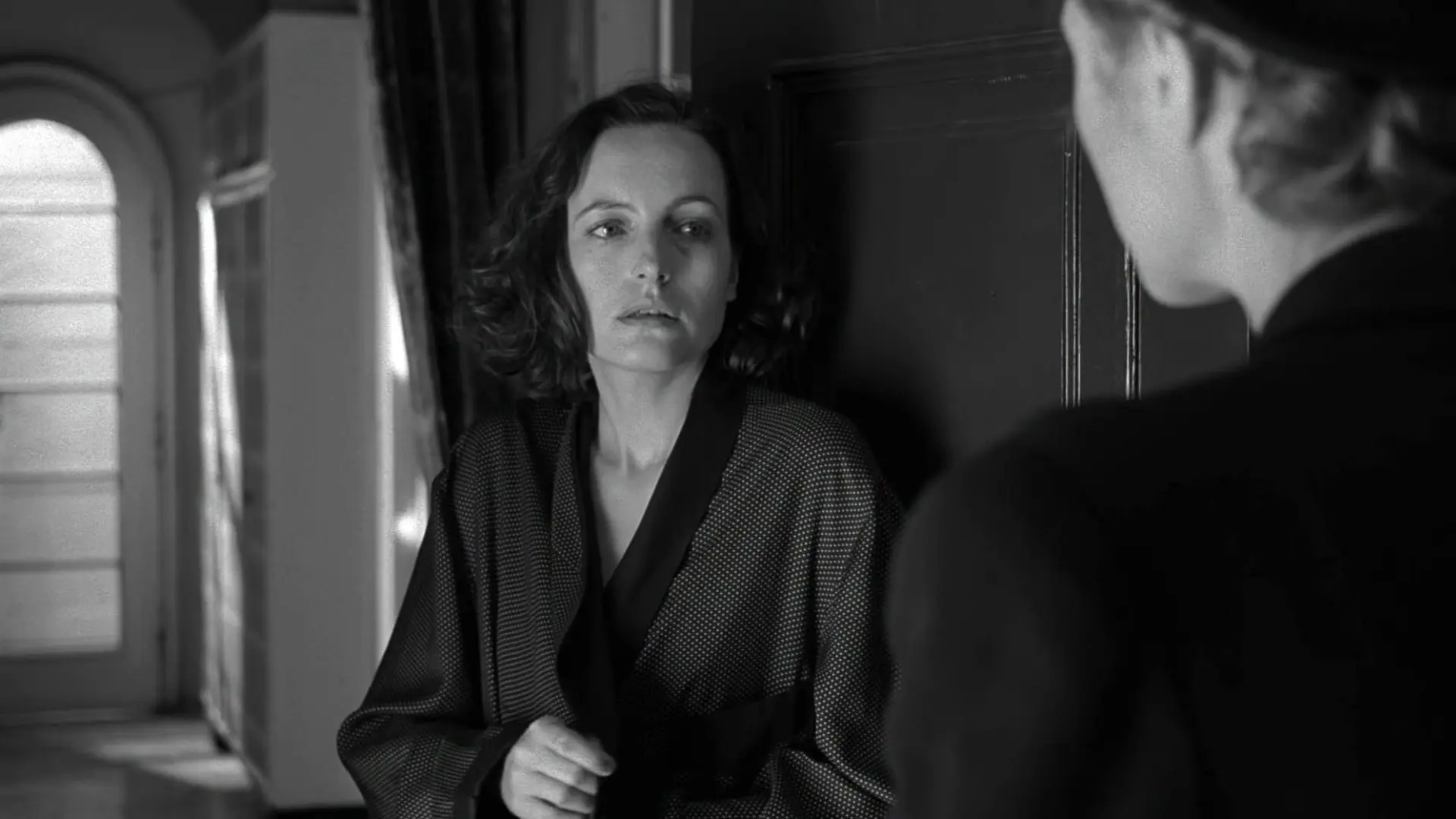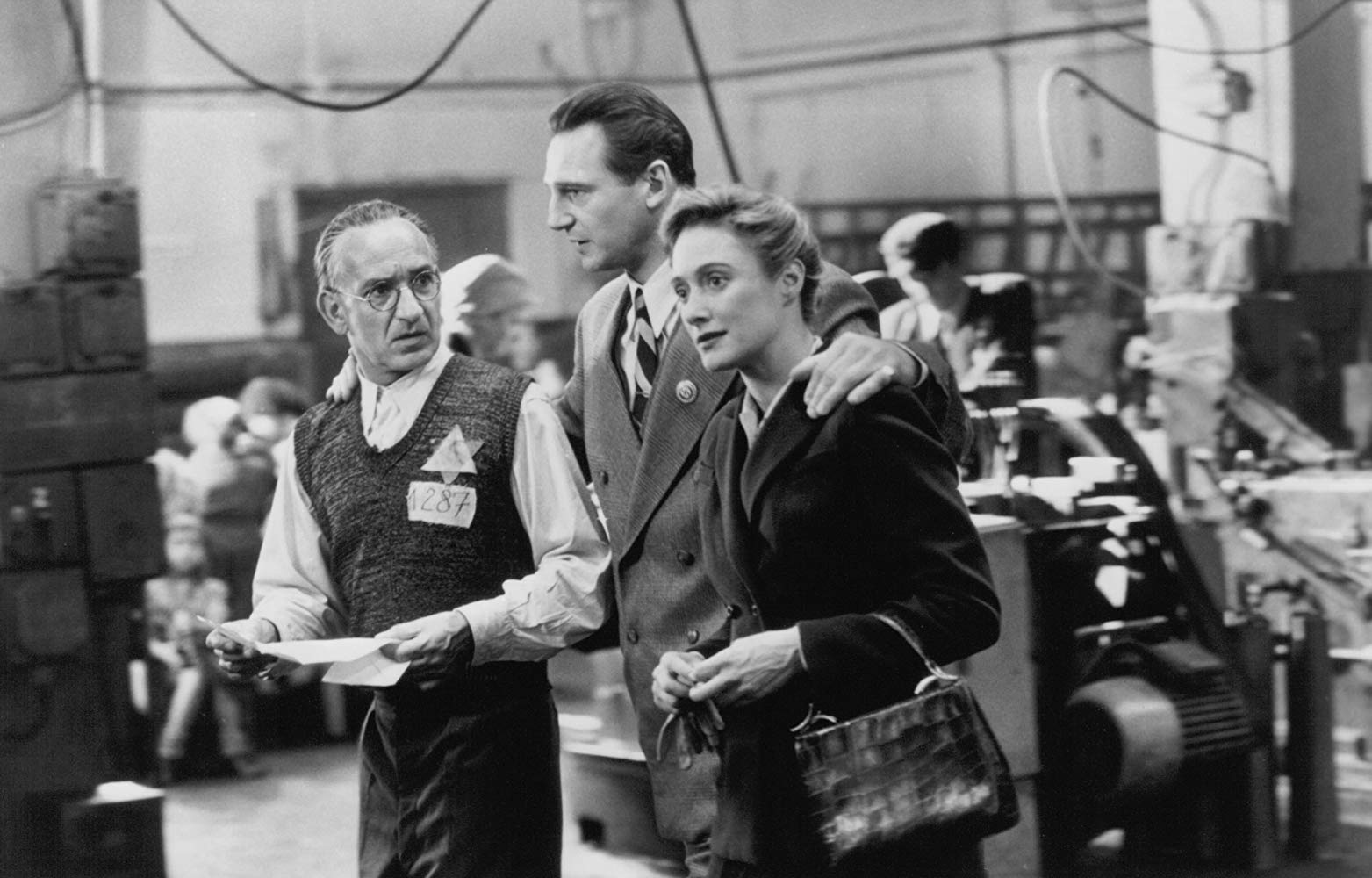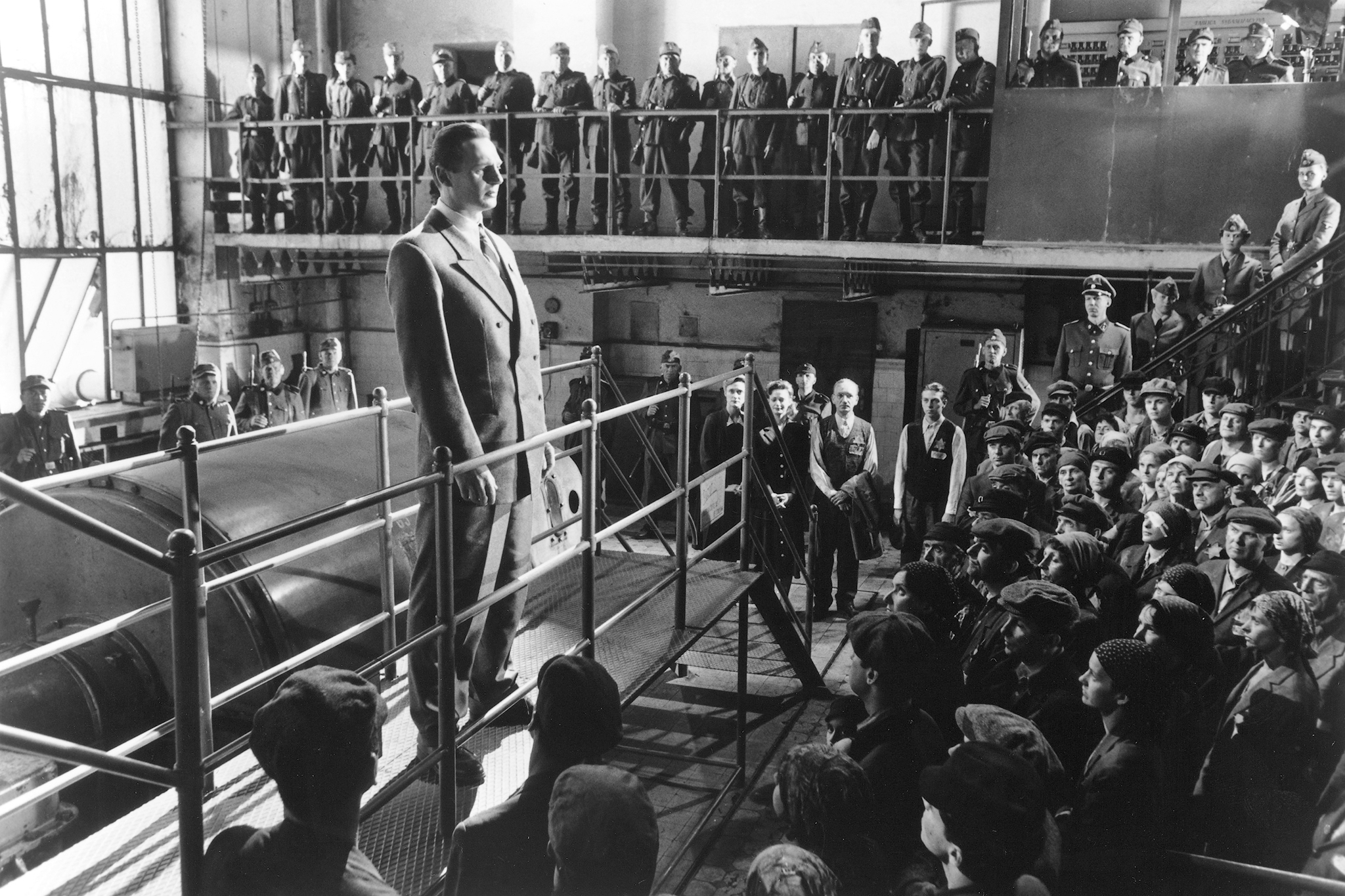Schindler’s List (1993): A Heart-Wrenching Tale of Humanity Amidst Horror
- nguyenhai
- January 16, 2025

Directed by Steven Spielberg, Schindler’s List is a 1993 historical drama that stands as one of the most powerful cinematic depictions of the Holocaust. Based on the true story of Oskar Schindler, the film is an extraordinary testament to the resilience of the human spirit and the capacity for compassion in the darkest of times.
Plot Summary
Set during World War II, the film chronicles the life of Oskar Schindler (played by Liam Neeson), a German businessman and member of the Nazi Party. Initially motivated by profit, Schindler establishes a factory in Kraków, Poland, employing Jewish laborers to take advantage of the free workforce provided by the Nazi regime. However, as the horrors of the Holocaust unfold around him, Schindler undergoes a profound transformation.
Witnessing the brutal persecution of Jews, Schindler becomes determined to save as many lives as possible. With the help of his Jewish accountant, Itzhak Stern (Ben Kingsley), he compiles a list of over 1,200 Jews to be transferred to his factory, protecting them from deportation to concentration camps. His efforts, though fraught with immense personal risk, ultimately save countless lives.
Themes and Messages

At its heart, Schindler’s List explores themes of moral courage, redemption, and the fragility of human life. Oskar Schindler’s journey from a self-serving opportunist to a selfless savior underscores the potential for individuals to act against injustice, even within a system built on cruelty.
The film also serves as a stark reminder of the devastating consequences of hatred, prejudice, and indifference. By focusing on the individual stories of those affected by the Holocaust, Spielberg personalizes the incomprehensible scale of the tragedy, ensuring that its lessons remain deeply impactful.
Cinematography and Direction

One of the film’s most striking aspects is its cinematography, shot primarily in black and white by Janusz Kamiński. This choice evokes the era’s historical photographs and enhances the film’s somber tone. The selective use of color, most notably the red coat of a young girl in a pivotal scene, serves as a haunting symbol of innocence amidst devastation.
Spielberg’s direction is masterful, blending stark realism with poignant storytelling. The film does not shy away from portraying the brutalities of the Holocaust, creating an unflinching yet respectful depiction of one of history’s darkest chapters.
Performances

Liam Neeson delivers a career-defining performance as Oskar Schindler, capturing the character’s complexity and evolution with nuance and depth. Ben Kingsley is equally compelling as Itzhak Stern, embodying quiet strength and moral clarity. Ralph Fiennes, as the ruthless Nazi officer Amon Göth, provides a chilling portrayal of evil, serving as a stark contrast to Schindler’s growing humanity.
Impact and Legacy
Schindler’s List was met with critical acclaim and became a cultural landmark, earning seven Academy Awards, including Best Picture and Best Director. Beyond its accolades, the film has become an essential educational tool, ensuring that the horrors of the Holocaust are neither forgotten nor repeated.
Its emotional resonance and historical significance have left an indelible mark on audiences worldwide, sparking conversations about the importance of remembrance, empathy, and moral responsibility.

Conclusion
Schindler’s List is more than just a film; it is a profound experience that challenges viewers to confront the depths of human cruelty and the heights of human compassion. Its legacy endures as a reminder of the power of individual action in the face of overwhelming evil. A masterpiece of cinema, Schindler’s List continues to educate, inspire, and move audiences nearly three decades after its release.










